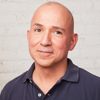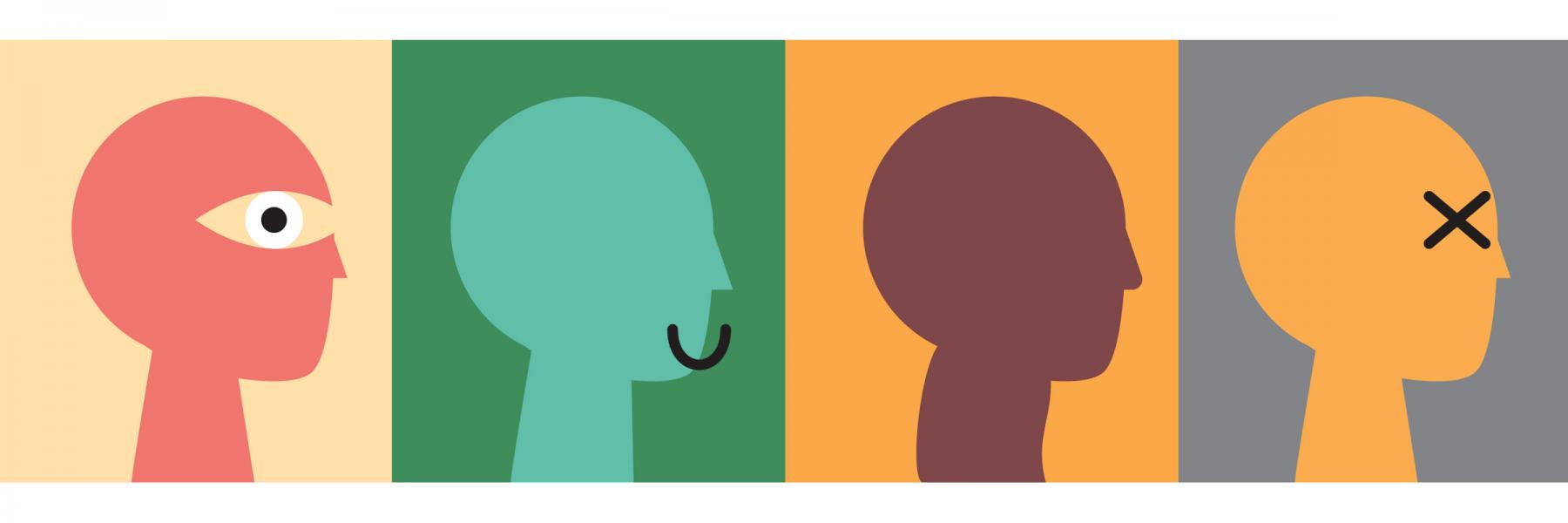
You look around this roomful of people. They’re an assortment of ages, hues, shapes, identities and personalities. What could you could possibly have in common with them? But as you walk through the room and into this crowd, you begin to see past the differences. And that’s when you let out a short gasp of realization. Wow. These are my people.
That’s what being in the HIV community is like.
For me, it’s like going to a house party where I hardly know anyone. At first, I gravitate toward the people I know, but they eventually move on to mingle. Self-consciously, I stand around, trying not to look alone. At some point, I take a deep breath and force myself to approach a total stranger and make conversation. There’s a special joy in meeting someone new, and discovering who they are. That’s when I realize I’m not alone anymore.
We often find connection through commonality— people who look like us, think like us, who share the same experiences. But even in our differences, we can also find connection.
Although it doesn’t define who we are as individuals, HIV is what brought us into this room together. The challenge—and the opportunity—is to find common cause with one another, but also adopting each other’s cause as our own.
This issue of Positively Aware looks at how we have come together as community to confront HIV and to address life with HIV.
In our cover story, Daniel J. Downer talks about how he founded The Bros in Convo Initiative to help queer people of color like himself, and help fill in the gaps of LGBTQ+ services in Orlando, Florida. In his essay, “Giving Back,” long-term survivor Princess Dallas Lyle tells how volunteering in his community—as a camp counselor and on an HIV planning committee—has given his life clarity and purpose. A community of a different sort finds that “We’re all in this boat together,” aboard the annual self-described “poz cruise.”
Community sometimes takes action. A coalition of long-term survivors developed their own needs assessment survey to help researchers in “Determining the needs of people aging with HIV.” And in the first of a four-part series, Partners in Research, HIV activists share their experiences and what motivated them to participate in cure research studies. I’m especially struck by Gail Graham, who says she took part in a clinical trial so that she could speak to medical mistrust in her community.
We stand together against HIV, but there are plenty of times when we need to stand together—for you, for me, or for someone in their time of need.
“Walk into any room with the intention to be vulnerable, gracious and willing to help, and watch how quickly you find where you belong,” says Jax Kelly, responding to the question, “How do you create community?” for The Category Is... Sometimes it doesn’t seem so obvious. “I was not seeing the possibilities all around me,” admits Harold Brown. And when you can’t find a community, you just have to create the community you need, as Maria HIV Meija did with her Facebook group.
As I was growing up, my dad would say, “In doing for others, we do for ourselves.” The stories in this issue illustrate that. We stand together against HIV, but there are plenty of times when we need to stand together—for you, for me, or for someone in their time of need.
I’m proud—and grateful—to be in the company of so many different and varied people who just happen to be living with HIV. Although it might have been how we met, we have much more than that one thing in common.
Open yourself up; allow for or create the possibility of connection. Look around the room.
Here is your community.
You are not alone.


